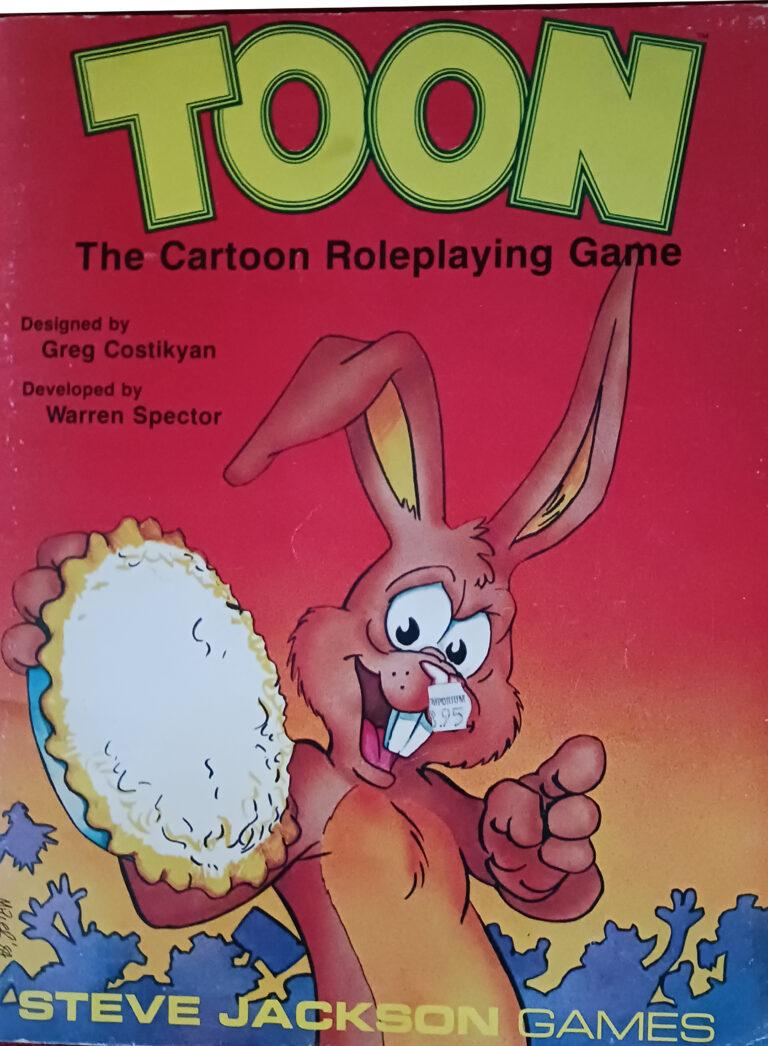By GamerMomLuna
The PCs enter the cave, and make it through the first few areas without any real issues. There are no monsters, no traps, nothing that’s a real threat. But whatever led them there is deeper down, or perhaps through the cave, so there’s bound to be a fight sooner or later.
Finally, they reach the first area of the cave, where a warg is… just standing there waiting for them? That doesn’t seem right.
Monsters, enemies, creatures of all kinds are probably not just standing in a static location waiting for your PCs to find them. Think about it: You’re out for a walk, and you see a squirrel. That squirrel isn’t just standing there waiting for you, it’s probably foraging for food, or enjoying a nap in the sun.
Tabletop Roleplaying Games have a flexibility that you can’t get with a video game, even. When playing a video game, an enemy might be patrolling an area, for example, but they’re on a set pattern, because that’s how they were programmed to operate. An enemy in a TTRPG is only limited by what the GM comes up with for them to be doing.
Keith Amman’s blog (and subsequent related books), The Monsters Know What They’re Doing, highlights this for 5e, but really, this is true of any TTRPG, with any NPC or enemy. The blog and books specifically discuss tactics for fighting – that enemies aren’t stupid, and like any wild creature we are familiar with, is going to know how to use what it has. Similarly, when players stumble on an enemy, what is that enemy doing? They’re not just waiting for someone to walk into the room they’re in. Use this chance to give some life to your world, and remind the PCs that the world goes on when they’re off adventuring somewhere else.
James L. Sutter wrote an essay for the Kobold Guide to Dungeons for Kobold Press about having “no empty rooms,” and the missed opportunity that is left by giving a one line description of the room they’re entering. Use the same logic for your NPCs and enemies. Provide clues of what could be ahead by leaving descriptions of finding wolf hair against a wall where it brushed up against something, or a half eaten dead rat.
Make it make sense as to why the enemy they’re about to encounter is there. Provide some life to the enemy, and it can add a depth to your world that may not have been there before.




